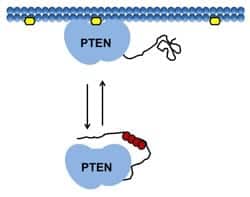mutation
Scientists find what type of genes affect longevity
Tracing all the genetic changes that flow from a single mutation, UCSF scientists have identified the kinds of genes and systems in the body that ultimately allow a doubling of lifespan in the roundworm, C. elegans. Humans share many of these genes, and the researchers think the new findings offer clues to increasing human youthfulness and longevity as well.
Scientists Find Human Longevity Marker
In a study of nonrelated people who have lived for a century or more, the researchers found that the centenarians had something in common: each was five times more likely than the general population to have the same mutation in their mitochondrial DNA (mtDNA). That mutation, the researchers suggest, may provide a survival advantage by speeding mtDNA replication, thereby increasing its amount or replacing that portion of mtDNA which has been battered by the ravages of aging.
Baby got back




